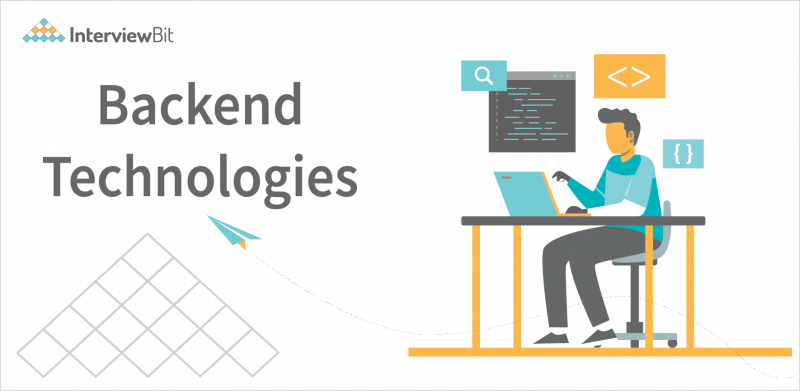Even four months into the new year, forecasts for 2023 continue to accumulate. In the new millennium, the software development industry has rapidly expanded due to technological advancements. Though there has been a move toward user-friendly software development practices and the tendency to cater to customer needs and preferences in design, the backend is what drives the piece of software forward.
Often called the “backbone” of a software application, the backend focuses on the application’s architecture and acts as a funnel between the front end and the database. In doing so, backend technologies become important. Backend technologies are crucial to scalability, functionality, and responsiveness in web and mobile applications. In fact, choosing the right backend technology can ensure scalability, and operating speed, and enable instant response to queries and needs of customers. But, with so many back-end technologies available, how do you choose the correct one?
Prior to choosing the best back-end technology, it is important to brainstorm and compare the features of each technology. Obviously, you are left scratching your head; therefore, here are the Top 10 Back End technologies you need to watch out for in 2023. In this article, we will focus on the trending backend technologies list that has gained momentum in 2023 and shall continue to reign in 2023.
Confused about your next job?
Before we have a look at those, let us have a glance at what backend development means.
What is Back-End Development?
Suppose you visit an e-commerce website like Amazon – the stunning layout and design you view on your device were designed by Frontend Developers. However, when you sign in to your account, add the required items to the cart, make the payment, and check out – all of these are server-side functions that fall under Backend Development. In other words, back-end development involves activities that are performed at the back end of a program. The backend of a website consists of three main components – a server, a database, and an application to implement the logic. Backend development functions as an invisible process that sends and receives information, communicates with the front end and displays the data in the form of a web page.
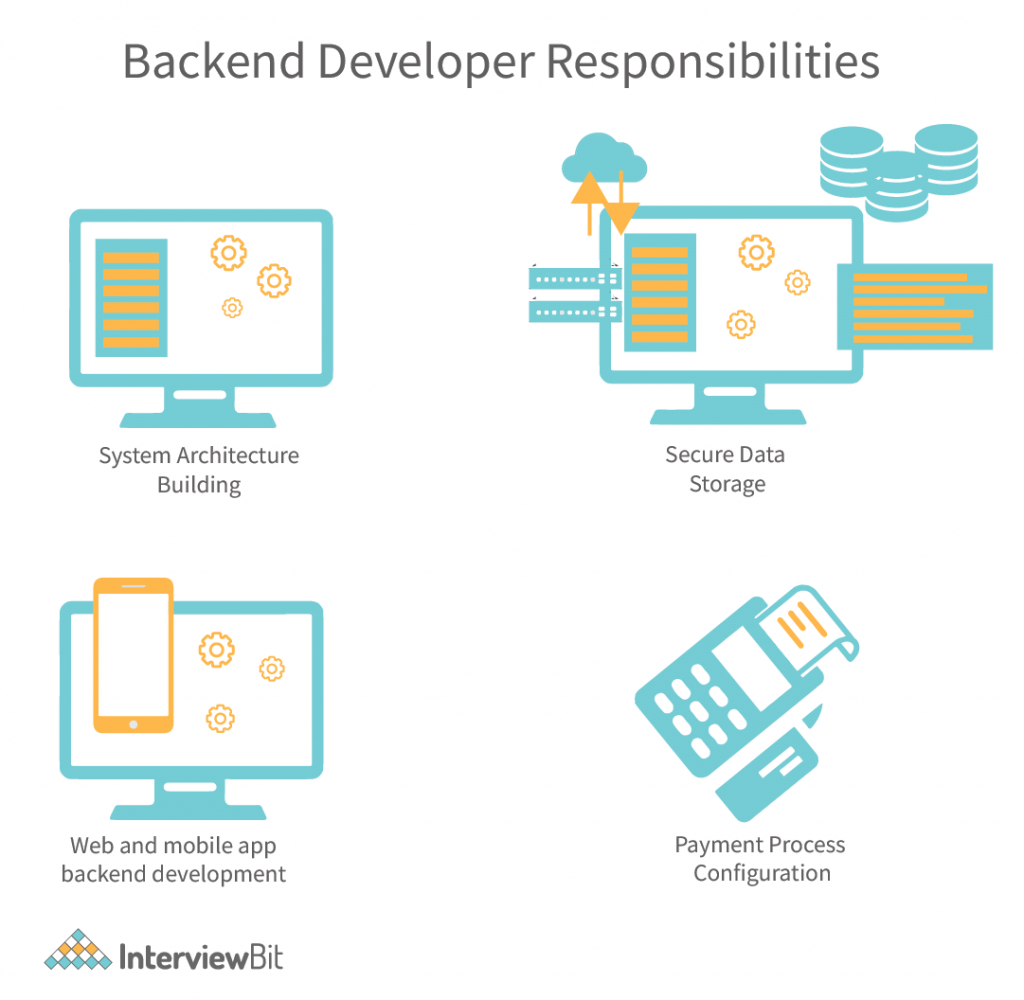
Backend developers manage everything behind the scenes of a website, from databases to servers to apps. As backend developers, they work with system components, business processes, and data architecture, as well as writing APIs and libraries. Various types of tools, languages, and technologies are employed by backend developers to accomplish these tasks. Additionally, they use tools like MongoDB, Oracle, MySQL, and SQL servers for creating, reading, updating, and deleting data, which they then serve back to the front end of the application (client-side).
Back End Technologies
Typically, backend technologies refer to the libraries of server-side languages that are used to create the server configuration of a website. The backend technologies form the basis of software development. Without specialized backend developers, fancy designs and intuitive interfaces created using front-end coding languages are not sufficient.
It is the backend of the website or application that allows it to function well, and be fast and responsive. But, due to the exponential growth of back-end technologies over the past few years, it can be difficult for developers to keep up with the sheer amount of technology at their disposal. It is essential, however, regardless of whether you are an IT manager, startup founder, or a corporate decision-maker, that you pick the right backend technology before moving forward with your project.
Benefits of Back-End Technologies
- Automate tasks to streamline your workflow
- Enhance developers’ productivity
- Simplify development processes
- Comes in handy when you’re on a tight deadline
- Speed up development
- Improve product quality
- Scalability and robustness
- Enhance security and ease of integration
Top Back End Technologies
In the current technological spectrum, several backend technologies in the mobile and web domains are likely to boom in 2023. The following top 10 back-end technologies are set to dominate the market in 2023.
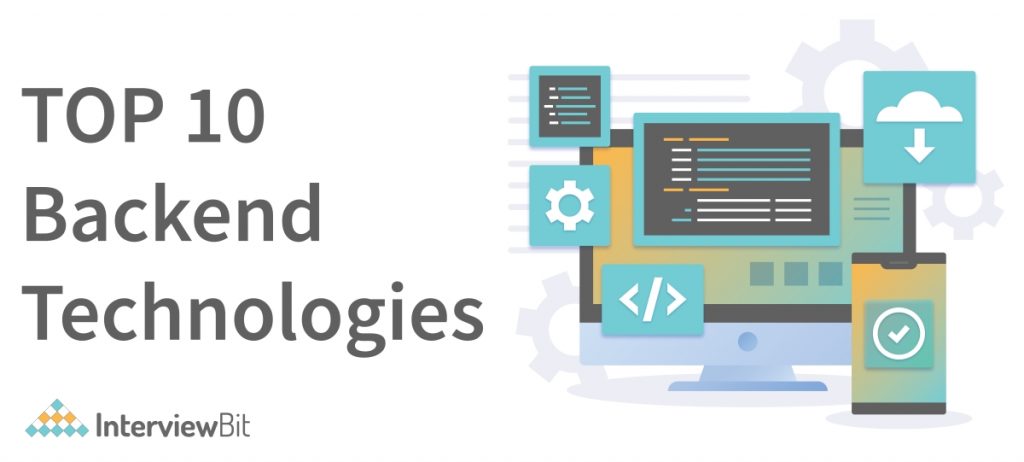
1. Ruby on Rails
Ruby on Rails for web application development is a high-level, multipurpose, open-source backend framework written in Ruby. As an MVC (Model–View–Controller) framework, Rails offers a default structure for a database, a web service, and web pages. In addition to using web standards (such as JSON and XML) for data transmission, the framework facilitates the use of JavaScript, HTML, and CSS for interacting with users. Do not repeat yourself (DRY), convention over configuration (CoC), and the active record pattern are just a few of the well-known software engineering paradigms and patterns that Rails use.
Ruby on Rails applications has numerous uses in web development, such as in long-term projects that require a large number of transformations, projects that have heavy traffic, or in projects that require complex functions, etc. Top companies using Ruby on Rails include GitHub, Airbnb, and Ask.FM, Basecamp, Goodreads, MyFitessPal, Shopify, Twitter, etc.
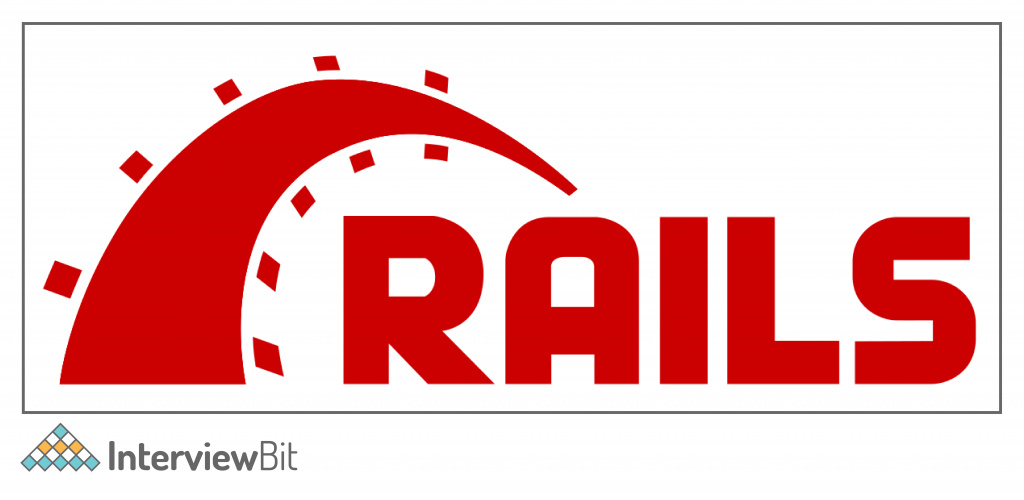
Key Features:
- There is also a built-in unit testing system called RSpec in Ruby on Rails, which is very easy to learn. It can be used to test the functions in the application by calling each one separately. This ensures that your application has been thoroughly tested.
- Active Record is a robust and powerful library used in Ruby on Rails, which enables developers to easily design queries for database interaction.
- Ruby on Rails includes libraries to make deploying code easier and quicker. It requires just a one-time setup, and after that, you can deploy each change you make to the production system with a single command from the command interface.
- Ruby on Rails has a simple syntax that is concise, closer to the English language and flexible.
- Ruby on Rails is based on the MVC architectural pattern, one of the most commonly used web application architectures. It provides a layered architecture where code is separated for different functions, such as a presentation layer, a data layer, and a resource layer.
2. Laravel
Based on the MVC approach, Laravel is a well-known open-source backend framework. It is a PHP framework known for its elegant syntax and ability to support large teams, as well as its modern toolkit features. Additionally, its salient syntax gives developers good flexibility and creativity, while taking care of all backend functionality. Laravel offers an intuitive user interface, API support, and extensive libraries that facilitate the development of modern and secure web applications.
Many PHP features are available with Laravel, including interfaces, overloading, namespaces, simpler array syntax, and anonymous functions. Also, a website developed using Laravel is secure and prevents numerous web attacks. Top companies using Laravel include 9GAG, Crowdcube, Razorpay, 9GAG, Pfizer, BBC, PedidosYa, Ratio, About you., TourRadar, Lenovo, etc.
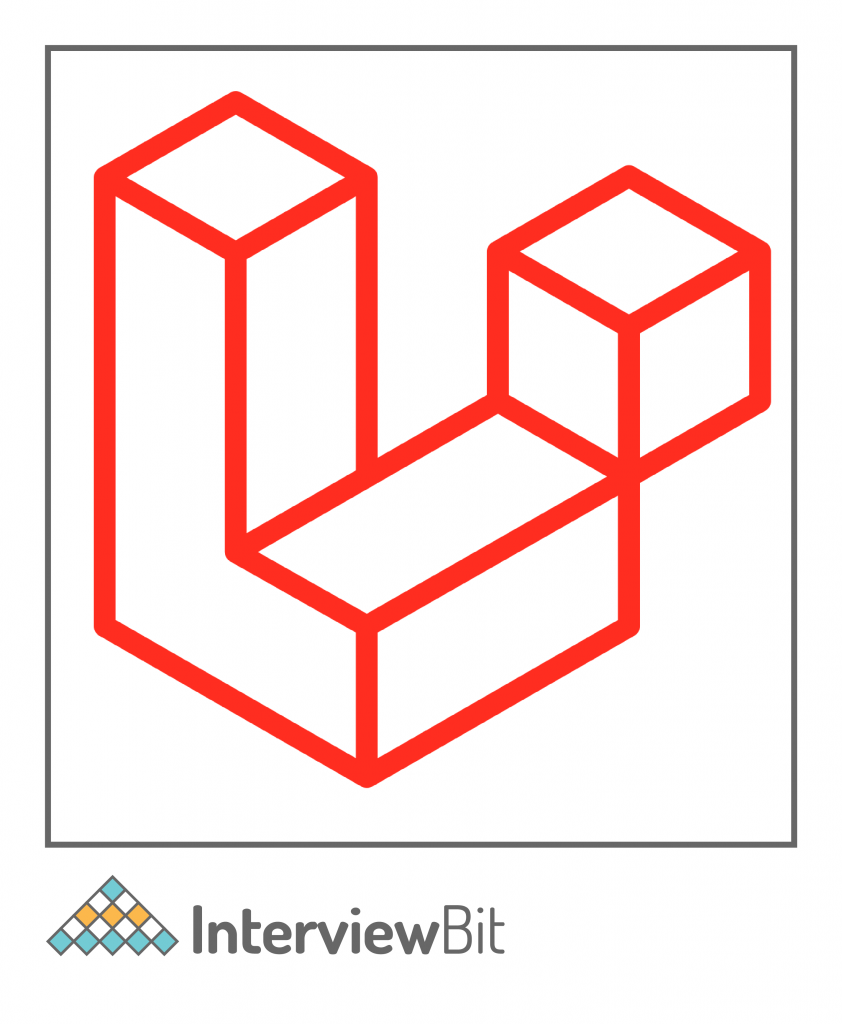
Key Features:
- The framework follows the Model-View-Controller architecture pattern and comes with a host of additional features, including a command-line tool called Artisan, Eloquent ORM (Object Relational Mapping), Object-Oriented and Modular libraries, Template Engine, etc.
- In addition, it enables you to leverage numerous tools for specific tasks such as unit testing, dependency injection, etc.
- It provides ready-to-use packages like Cashier for managing subscription billing services, Envoy, which provides a minimalistic syntax for defining common tasks you run on your remote servers, and Socialite, which helps simplify OAuth authentication with sites like Facebook, GitHub, Google, etc.
- The framework implements features from PHP frameworks, such as Yii and CodeIgniter, and programming languages, such as Ruby on Rails.
- Laravel has built-in security for web applications, i.e., it takes care of application security itself. A salted password is generated using the “Bcrypt Hashing Algorithm”. The password is therefore stored in a database as an encrypted password, not as plaintext.
3. CakePHP
CakePHP is an open-source web framework based on MVC (model-view-controller) architectural pattern and written in PHP. CakePHP employs a number of well-known software engineering paradigms and design patterns, including convention over configuration, active record, front-end control, and association data mapping. This framework provides an easier way to develop, deploy, and maintain applications.
CakePHP is suitable for rapid application development (RAD), allowing you to implement your vision quickly and consistently. CakePHP allows you to build your idea in a matter of weeks rather than months. Top companies using CakePHP include Fujitsu, Deloitte, Swat.io, Quezx.com, Glen Raven Inc, Walls.io, NetSapiens Inc, InSync Solutions, etc.

Key Features:
- Aside from minimizing code, CakePHP relies on conventions over configurations, enabling it to make assumptions about your code.
- Its simple syntax, application scaffolding, smart design, and code generation tools will enable you to prototype and validate your idea quickly, ensuring that your application is ready for scaling up.
- The MVC design eliminates the need for combining complex components and designing the application architecture.
- In addition, CakePHP provides an intuitive directory structure for creating custom environments. Furthermore, it offers extensive logging and caching capabilities, as well as support for the most popular database vendors.
- With CakePHP, you get integrated PHPUnit testing support. Along with PHPUnit’s features, CakePHP also offers some features to help with testing.
4. Django
Developed in Python, Django is an open-source, high-level development framework that follows the MTV (model-template-views) architectural pattern. By using this pattern, the UI and business logic are separated. With Django, you can quickly create sophisticated, database-driven websites. Among the key principles of the framework are reusability and pluggability of components, low coupling, rapid development, minimal code, and the principle of avoiding duplicated effort. Python is used everywhere, including data models, files, and settings. It facilitates rapid development and encourages a clean, pragmatic approach. Top companies using Django include Spotify, Instagram, Bitbucket, Eventbrite, Prezi, Pinterest, Mozilla, Disqus, etc.
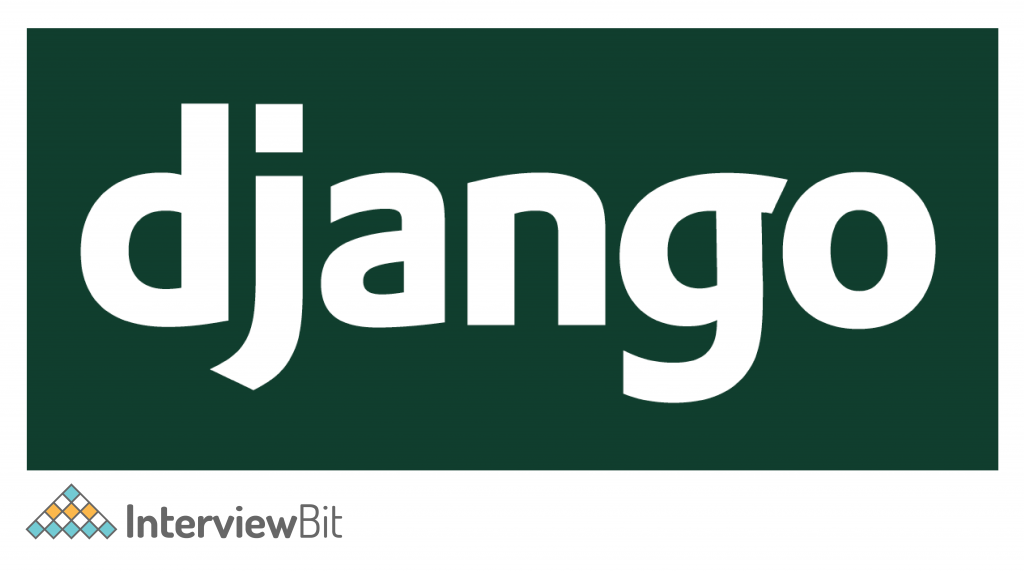
Key Features:
- Django offers the best documentation on the market compared to other open source technologies. For any developer, better documentation is like a well-established library. It allows him to search for any function with ease while only having to invest time in searching.
- Security is paramount to Django. For example, cross-site scripting, cross-site request forgery, SQL injection, etc., are all prevented. Users can manage their accounts and passwords securely with its user authentication system.
- Django is a scalable framework with the ability to switch smoothly from small to large-scale projects.
- You can use Django’s helper modules and libraries to accomplish common Web development tasks. Site maps, RSS feeds, user authentication and content administration are all handled by Django.
5. Spring Boot
Spring Boot is a free, open-source Java-based web framework that lets you create production-grade, standalone applications. It is possible to get started with minimal configurations without a complete Spring configuration setup. As a result, developers can start rapidly without wasting time on preparation and configuration. This tool simplifies and speeds up the process of setting up, configuring, and running Web-based applications. By doing so, you’ll be more productive and decrease development time. Top companies using Spring Boot include Google, Trivago, Intuit, Accenture, Microsoft, Amazon, Udemy, Rappi, iFood, etc.

Key Features:
- It provides a highly flexible and scalable means of configuring XML configurations, Java Beans, and Database Transactions.
- It can perform powerful batch processing and manage REST endpoints.
- The Spring Boot framework auto-configures everything for you. There is no need to generate code or configure XML.
- A number of production-ready features are available, including health checks, metrics, and externalized configuration.
- Moreover, it greatly reduces the need to write boilerplate code (code that must be included in several locations with little alteration), as well as XML configuration and annotation.
6. Node.js
Node.js is a cross-platform, open-source, JavaScript runtime environment used to develop server-side and networking applications. Additionally, Node.js offers an extensive library of JavaScript modules, allowing you to develop web applications much more easily. A variety of third-party libraries and APIs can be integrated with NodeJs. With Node.js, developers can leverage the ‘JavaScript everywhere’ paradigm for web development (allowing web applications to be developed in a single programming language).
The platform can therefore be used for server-side scripting as well as client-side development. The Node.js framework makes it possible for developers to write command-line tools and server scripts using JavaScript. Top companies using node.js include NASA, GoDaddy, Trello, IBM, LinkedIn, Microsoft, Netflix, PayPal, Rakuten, Uber, eBay, Walmart, Yahoo, etc.

Key Features:
- The NodeJS library provides asynchronous APIs, i.e. they are not blocking. This means that a Node.js server will never wait for an API to return data. Once an API has been accessed, the server moves on to the next one. A notification mechanism called Events is used to track and receive responses to previous API requests.
- Node.js implements a single-threaded model with event loops. This event mechanism enables the server to respond in a non-blocking way and scale higher than traditional servers, which rely on a limited number of threads to process requests. Node.js employs a single-threaded program that can process significantly more requests than traditional web servers such as Apache HTTP Server.
- As Node.js is built on Google Chrome’s V8 JavaScript Engine, code execution is extremely fast.
- NodeJS can be used on a wide range of platforms and devices, including Windows, Mac OS X, Unix, Linux, and mobile devices.
7. Nest.js
NestJS is an open-source, extensible, versatile, progressive Node.js backend development framework that is designed for developing sophisticated and demanding backend systems. The framework is currently one of the most popular Node.js frameworks in TypeScript. NestJS allows you to develop testable, scalable, and loosely coupled web applications. It extends Node.js frameworks like Express and Fastify with a modular organization and a suite of libraries that handle repetitive tasks. This is a TypeScript-based Node.js framework for building backend systems. Besides scaling Node.js servers, the framework also supports MongoDB, PostgreSQL, Redis, MySQL, and Apache Cassandra.
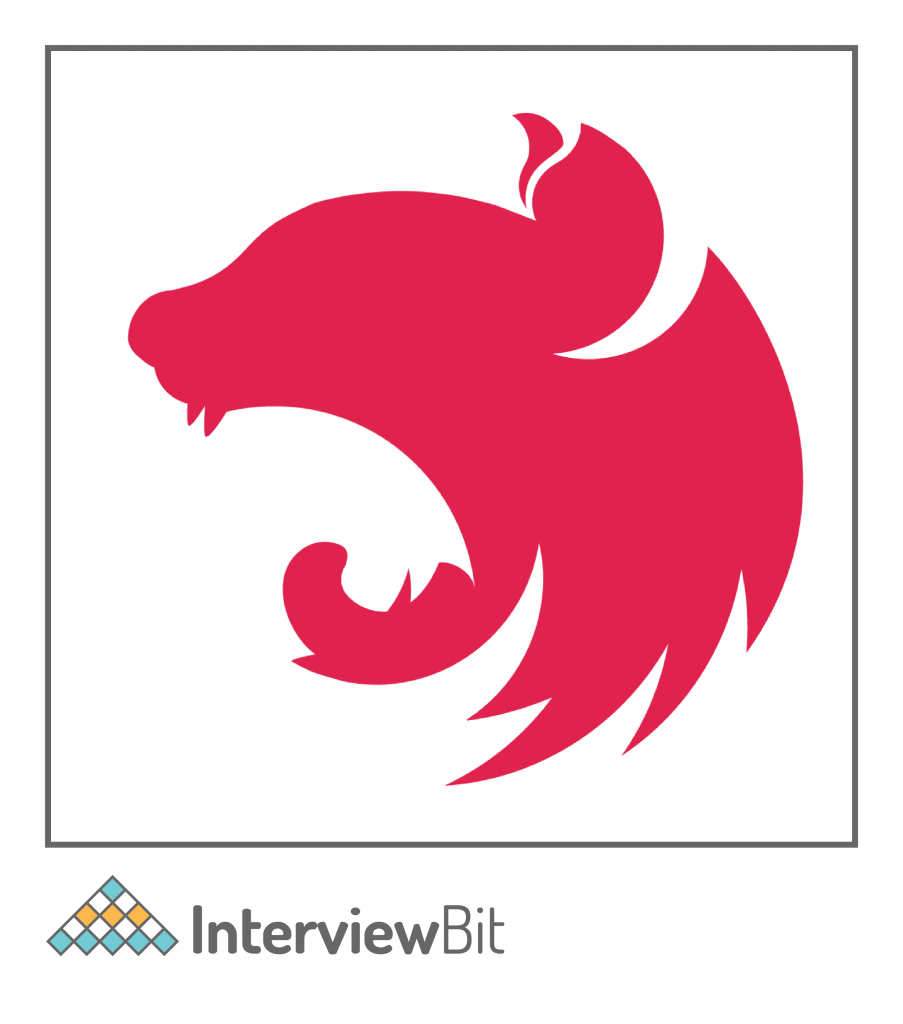
Key Features:
- Nest supports dozens of nest-specific modules, enabling easy integration of technologies and concepts, such as TypeORM, Mongoose, GraphQL, Caching, Logging, Validation, Web Services, etc.
- Nest JS offers a structural development approach that makes it easier for teams to build complex backends easily.
- It provides powerful CLI functionality that facilitates development and boosts productivity.
- NEST JS facilitates the reusability of code.
- In addition, NestJS includes a built-in Dependency Injection Container.
8. Express.js
Express.js, or simply Express, is an open-source backend Node.js web application framework. The framework provides web and mobile developers with a comprehensive set of features in a lightweight and flexible manner. This allows them to easily design and develop web applications. Among the most popular development stacks are MERN, MEAN, or MEVN stacks, which use Express as a back-end component along with MongoDB database software and a JavaScript-based front-end framework.
As a part of MEAN, it manages routing, HTTP requests, sessions, error handling, and so on. With Express.js, it is possible to create single-page, multi-page, and hybrid web applications. Top companies using Express include Accenture, MuleSoft, Myntra, Twitter, Stack, Intuit, PLAID, Myspace, Bepro Company, etc.
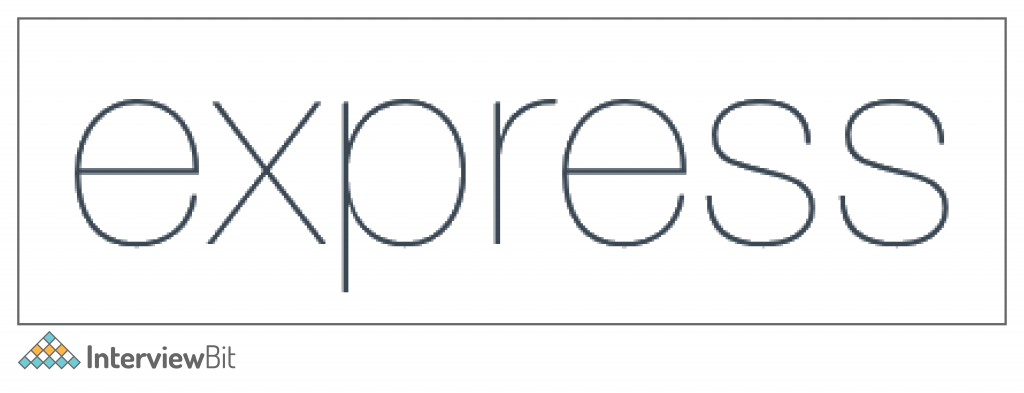
Key Features:
- It offers many highly valuable features, such as routing for multiple request handling, dynamic views, flash negotiation, content negotiation, and app-level views.
- With Node.JS, your application can be easily scaled in all areas by adding nodes as well as additional resources.
- Express.js provides the caching function, which eliminates the need to recompile the code over and over again. This will make the website load faster as well.
- You can quickly fix all problems with this open-source community. Developers are able to overcome their problems with the help of community members.
9. Flask
Flask is a popular python-based micro-framework known for its ease of use, speed, and productivity. In the field of web development, Flask is referred to as a micro-framework since it is lightweight and only contains key components required for web development, such as routing, Sessions, Request handling, etc. If the developer requires other functionality, such as data handling, he or she may write a custom module or integrate an extension.
The best thing about Flask is that there is no boilerplate code or dependencies that might lure end-users away from the primary function of the application. The lightweight makes it ideal for smaller-sized applications. A wide variety of extensions are available that can add features to web applications. Top companies using Flask include LinkedIn, Mozilla, Uber, Netflix, Reddit, CRED, Trivago, Lyft, Airbnb, MIT, etc.
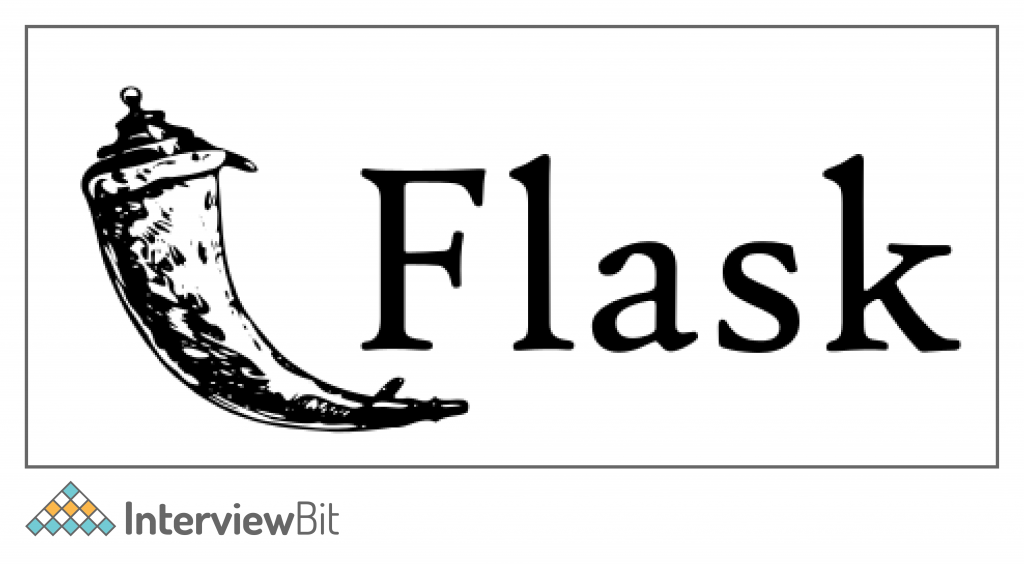
Key Features:
- It uses no external libraries, making it a lightweight framework. This allows easy and fast development of web applications.
- With Flask, the developer can create applications independently or with full control. You can play around with the architecture and the libraries of the framework.
- Flask has an integrated unit testing system that makes debugging and developing robust and allows for easy experimentation.
- With Flask, you can use the newest technologies like machine learning, cloud, and more.
- With WSGI templates, you can create flexible and scalable web applications.
Flask allows you to use secure cookies. Basically, a secure cookie is a part of the HTTP request that adds security to the channels and ensures no unauthorized parties can access the text.
10. Meteor
Meteor, or MeteorJS, is a free and open-source JavaScript web framework written using Node.js. Meteor allows for rapid prototyping and produces cross-platform (Android, iOS, Web) code. It integrates with MongoDB and uses the Distributed Data Protocol and a publish-subscribe pattern to automatically propagate data changes to clients without requiring the developer to write any synchronization code.
Meteor makes it easier to create real-time apps, since it alone offers a full ecosystem to work with, instead of combining a couple of different tools and frameworks to get the same effect. On the client-side, Meteor can be used with any popular front-end JS framework, Vue, React, Svelte, Angular, or Blaze. Top companies using Meteor include Speedway Motorsports, Deloitte, Rocket, Accenture, Vitalyst, Nordstrom, Shelf, etc.

Key Features:
- In Meteor, you can use the same code for the front-end and back-end of your website as well as for mobile and web applications. As a result, developers are spared the hassle of installing and configuring various libraries, module managers, driver APIs, and more.
- From setup and development to deployment, it is comprised of the necessary front-end and back-end components (such as libraries, frameworks, databases, configuration tools, etc.) that assist developers throughout the whole app development lifecycle.
- Meteor.js also features live browser reloading. It automatically reloads the live website whenever changes are made to the front end.
- Meteor supports NPM modules (over 98,000+ modules) but also offers its own custom package manager which provides NPM features as well as some new ones.
Conclusion
Looking for a career as a backend developer? Backend developers are in extremely high demand in today’s market – companies like Google, Apple and Facebook seek them out, and they are paid exceptionally well. Those with a keen interest in programming and a passion for technology are well suited to a career in back-end development. Usually, the salary range for Back-end Developers in India is between ₹ 2.0 – ₹ 22.0 Lakhs with an average of ₹ 6.0 Lakhs. The following are some of the key roles of a back-end developer:
- Backend Developer
- Backend Engineer
- Backend Developer Node JS
- Backend Developer PHP
- Junior Back End Developer
- Senior Back End Developer, etc.
Therefore, you ought to be attentive to the back-end technologies that facilitate successful development. Choosing the right back-end technology can be tricky, with a lot of factors to consider, such as individual preferences, project deadlines, market timing, the complexity of the project, budgets, volumes, flexibility, productivity, and future-oriented support. Since enterprises are constantly migrating to newer technology, many developers do not have any choice but to try their hands at new technologies they have never used before. Even so, stepping into uncharted territory by experimenting with new technologies can be a very rewarding and gratifying experience. However, we hope the list of the best backend frameworks will aid you in choosing the right framework, whether you are creating a new project or reviewing the basics.







 Join WhatsApp Group
Join WhatsApp Group
